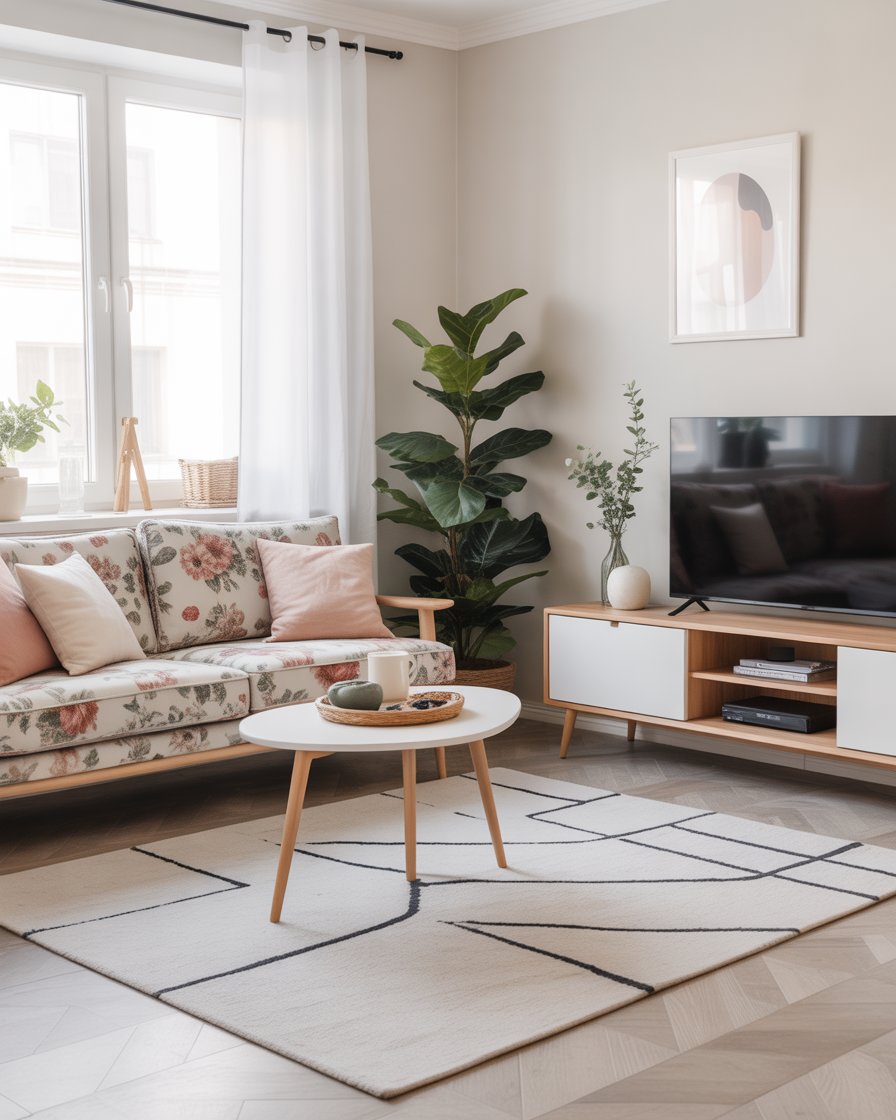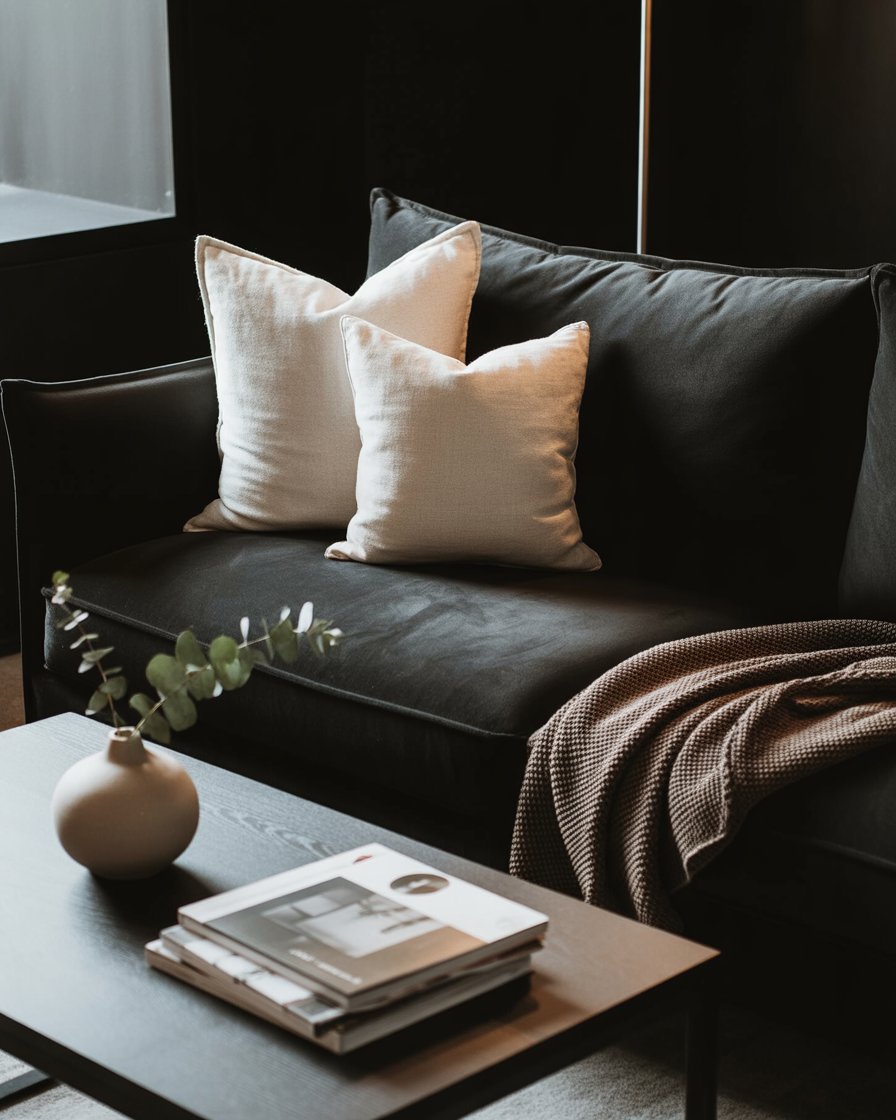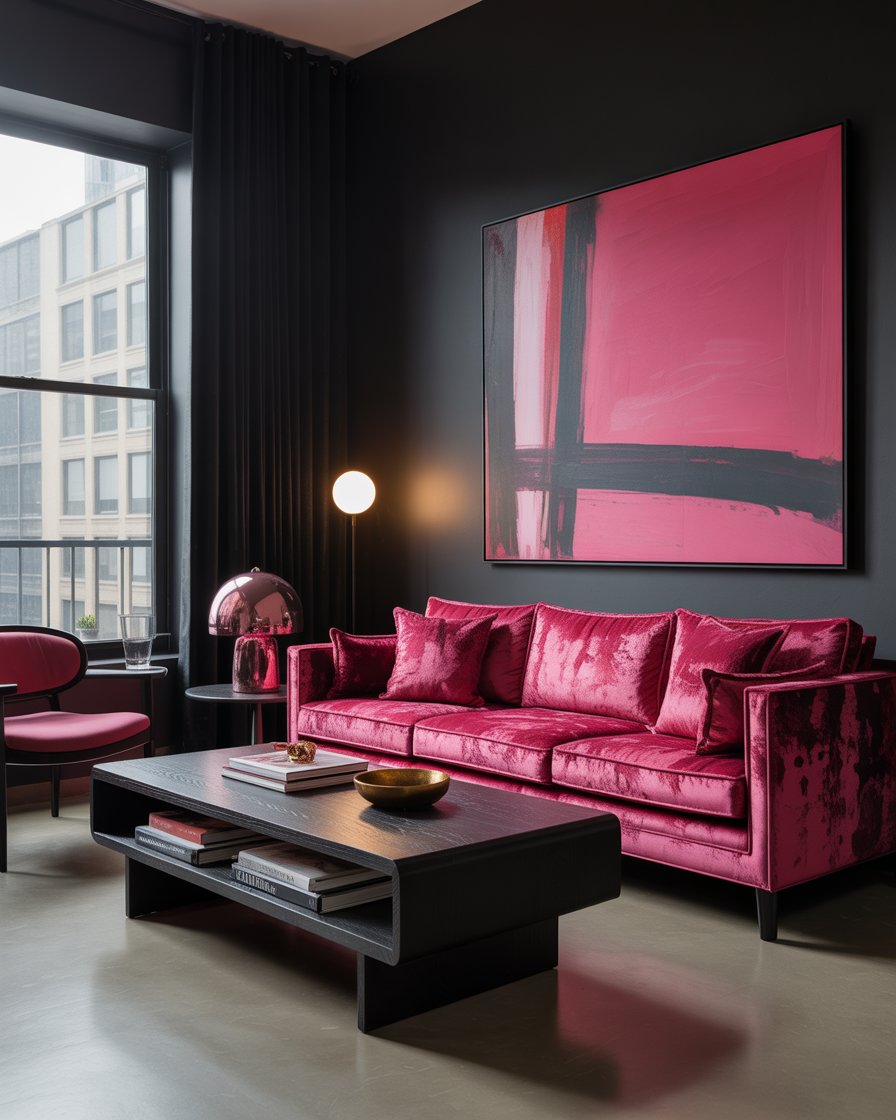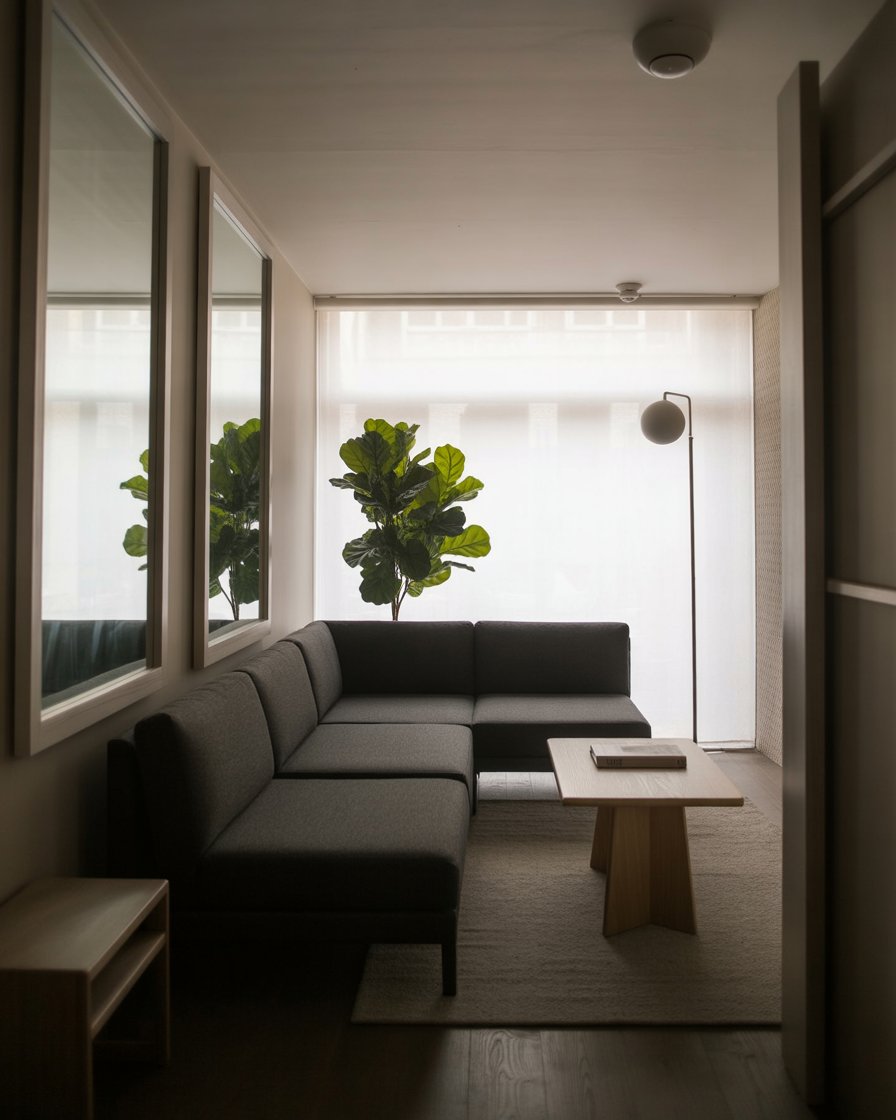30 Unconventional Living Room Concepts for Creative Layouts and Bold Furniture Design Ideas
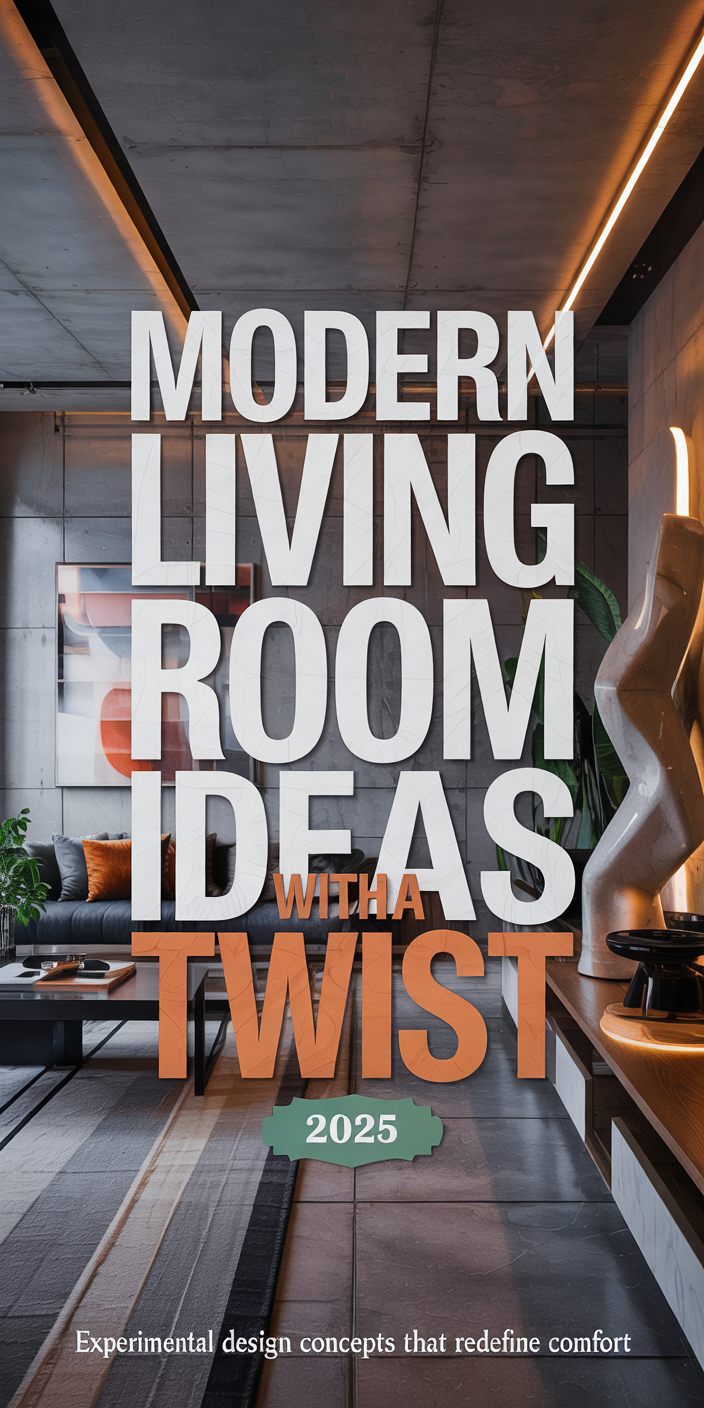
For many of us, the living room is the heart of the home—a place for relaxation, entertaining, and self-expression. However not all the living rooms need to be a blue print of a sofa, a coffee table and a television. The idea of a living room is where more home owners are going unconventional and making it their own designing as they please and going against design and maximize living out of such unconventional design. The aftereffects of living in a city apartment or a big house in the suburbs are irrelevant because these ideas will make you go out of the box. Each concept explores different layout, design, or furniture approaches to create a space that’s anything but typical.
1. Elevated Conversation Pits
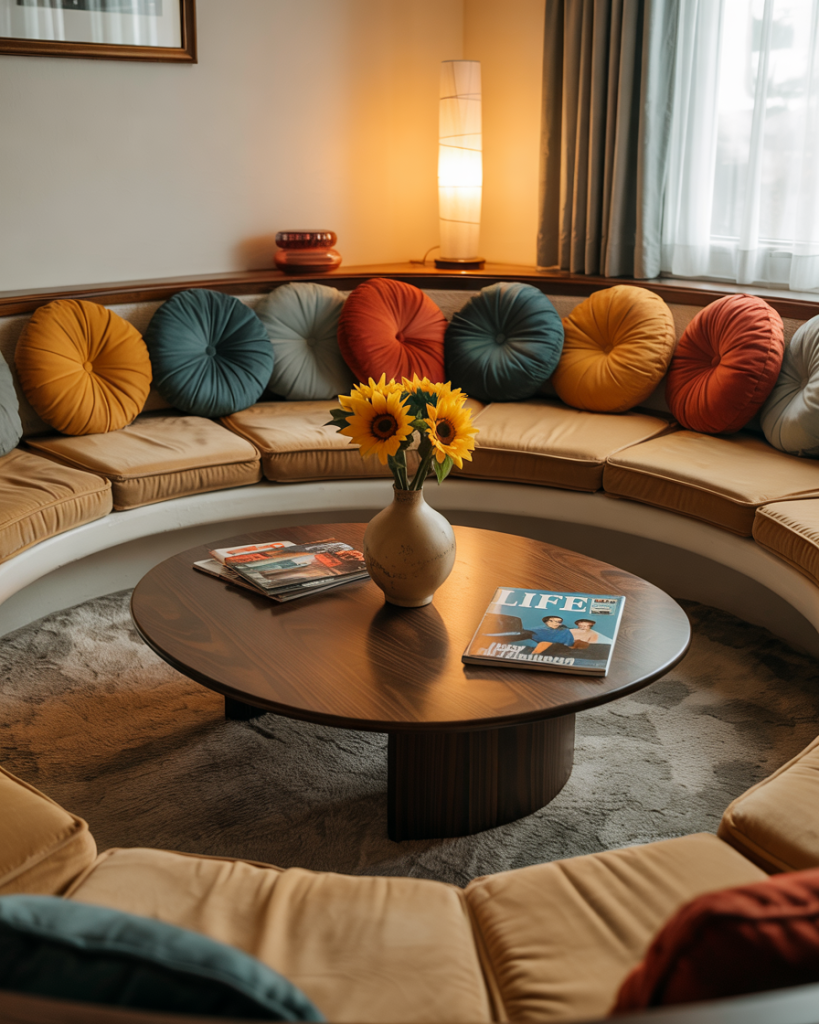
Popularized in the ’60s and making a comeback, sunken or elevated conversation pits create intimacy and drama in a living room layout. Instead of making a screen the center of your premises, make a comfortable square or round seating that is recessed into the floor or mounted on a raised platform. The result? An exclusive deep discussion area, board games, or a place to have a relaxed time. Architect Chris Heininge, who specializes in compact spaces, has praised this retro feature as a way to reclaim togetherness in open-concept homes.
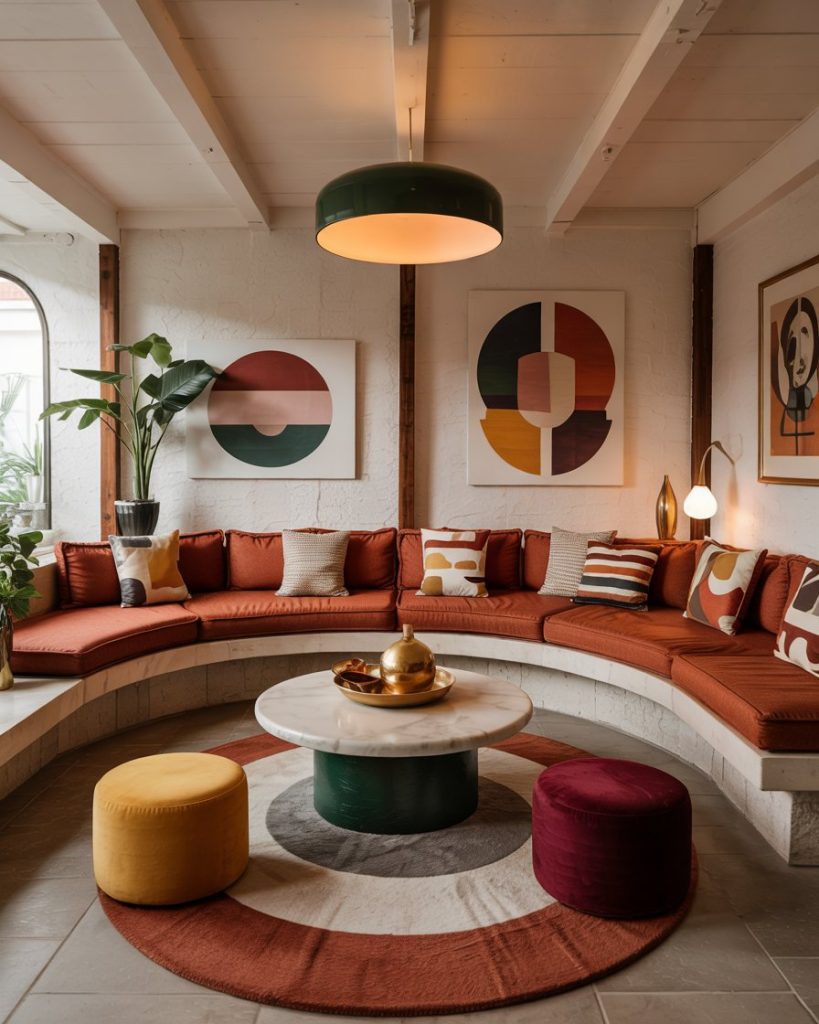
2. Hammocks and Hanging Chairs
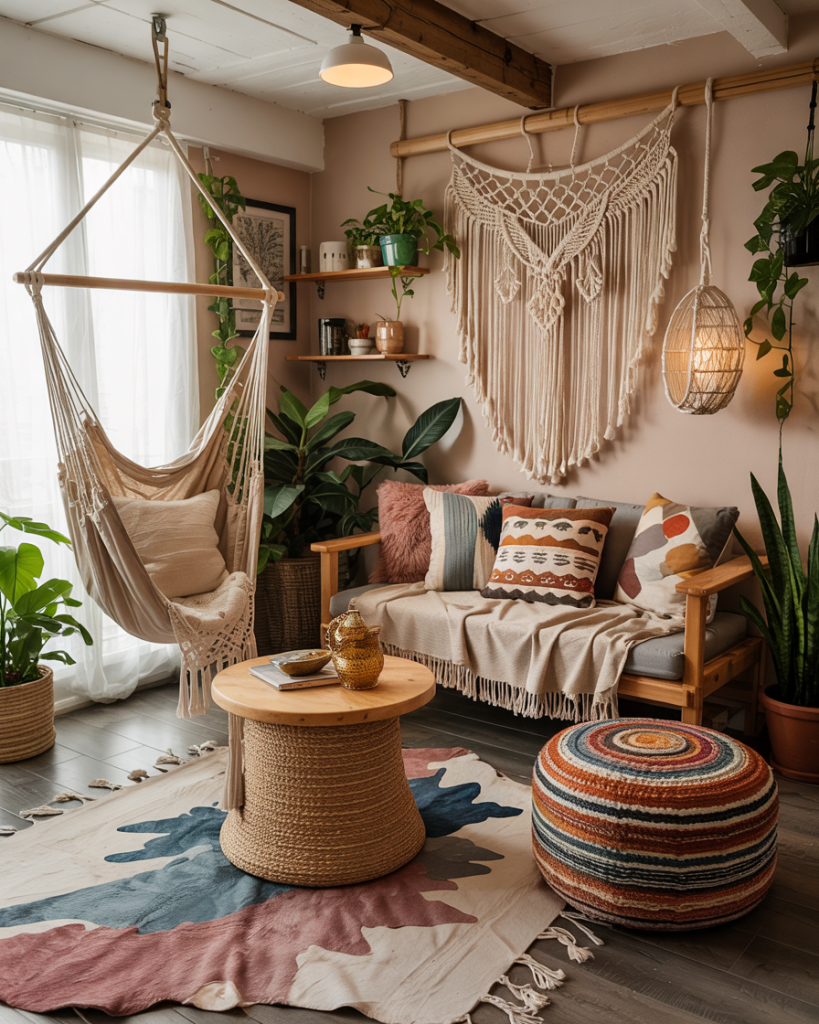
If your decor style leans whimsical or boho, consider swapping a traditional armchair for a hammock or hanging egg chair. This one choice of furniture gives you an aura of relaxation within your space and it also creates space within floor area. In smaller apartment it serves as a fun way to enable more seating without the clutter. Just be sure to use proper ceiling anchors. Designer Justina Blakeney often showcases these playful elements in Jungalow-style interiors, proving comfort doesn’t have to be conventional.
3. Multipurpose Mat Zones
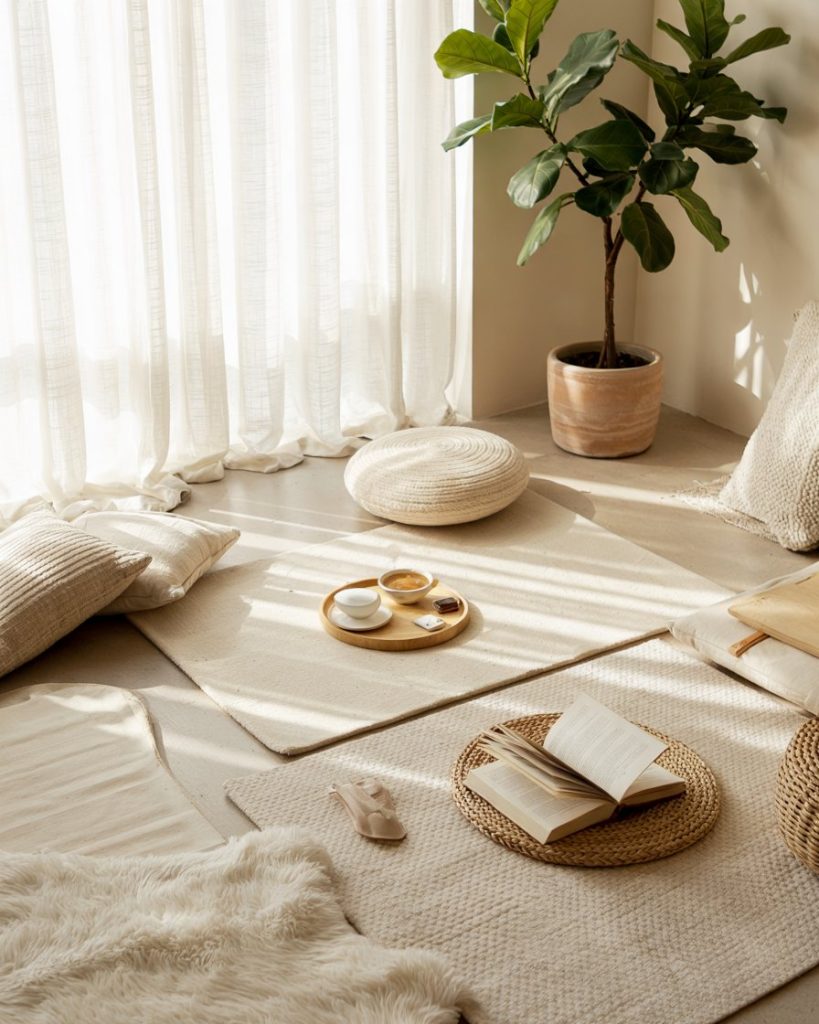
In urban homes or small condos, the idea of separate zones can feel impossible. Rather, place one or more rugs as markers of different zones in the living room layout; placemat in one corner of the room for yoga practices, a mat to play by a low coffee table and layering rugs as seating may be in the floor. It is another mat-based idea that presents versatile seating as well as taps into more earthbound existence. It’s been championed by minimalist designers like Marie Kondo, who advocate for less furniture and more intentional space use.
4. Gallery Studio Concept
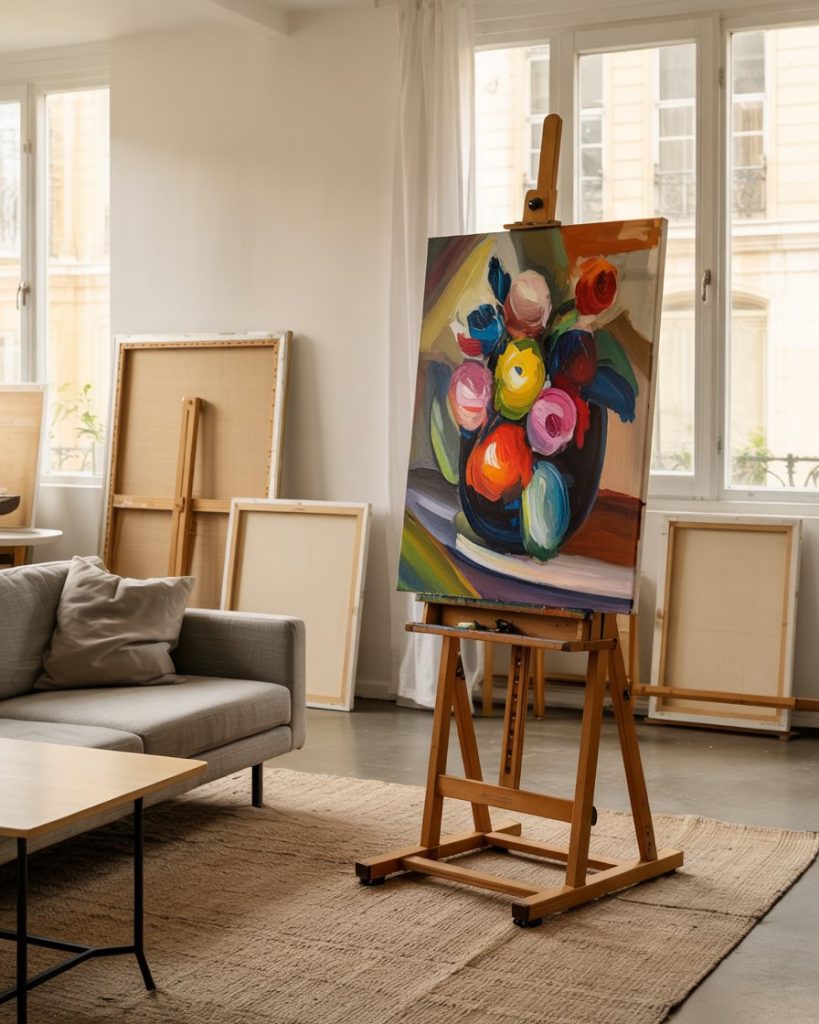
Merging the living room with an artist’s studio transforms your space into a constantly evolving showcase. Invest in movable furniture, i.e. furniture that can slide away easily, e.g. on wheels, or can also collapse, e.g. put chairs on one side, and on the other side arrange a rotating art piece on the wall. Whether you’re a painter or a digital designer, this concept encourages creative living. Emily Henderson, stylist and blogger, often integrates art stations into small homes as a way to make passion projects part of daily life.
5. Circular Layout with No Corners
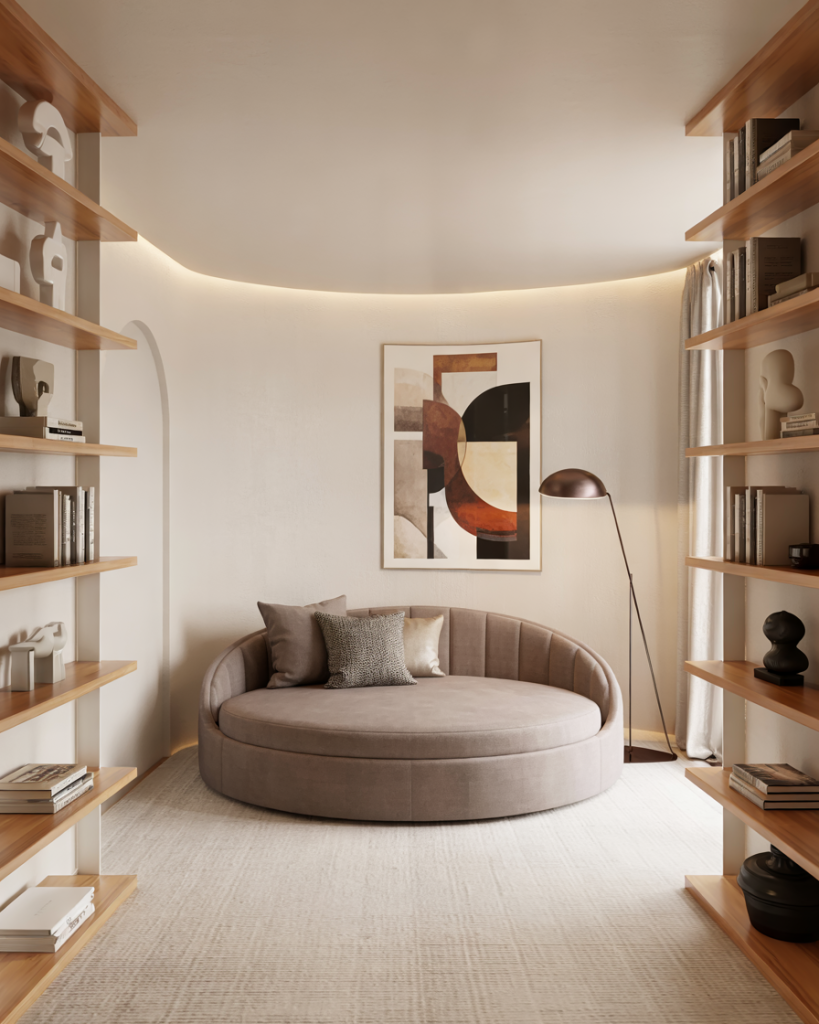
Forget the rectangle. When a living room layout is designed according to the circular principles, it is much softer and more welcoming, with the round rugs, curved sofa, and arched shelves. It is also a good concept that enhances energy flow which is Feng Shui. Curved spaces are friendly gathering places and therefore suitable in families. Designer Kelly Wearstler has explored circular seating designs in her bold interiors, where structure meets artistic movement.
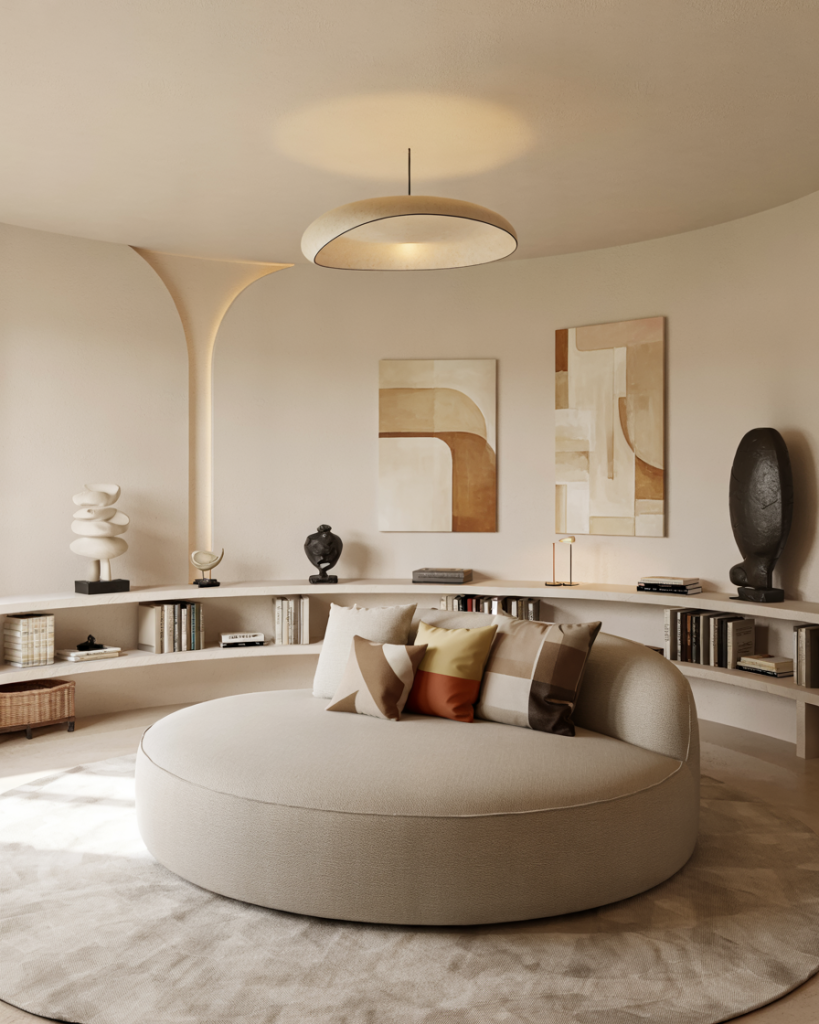
6. Furniture on Wheels
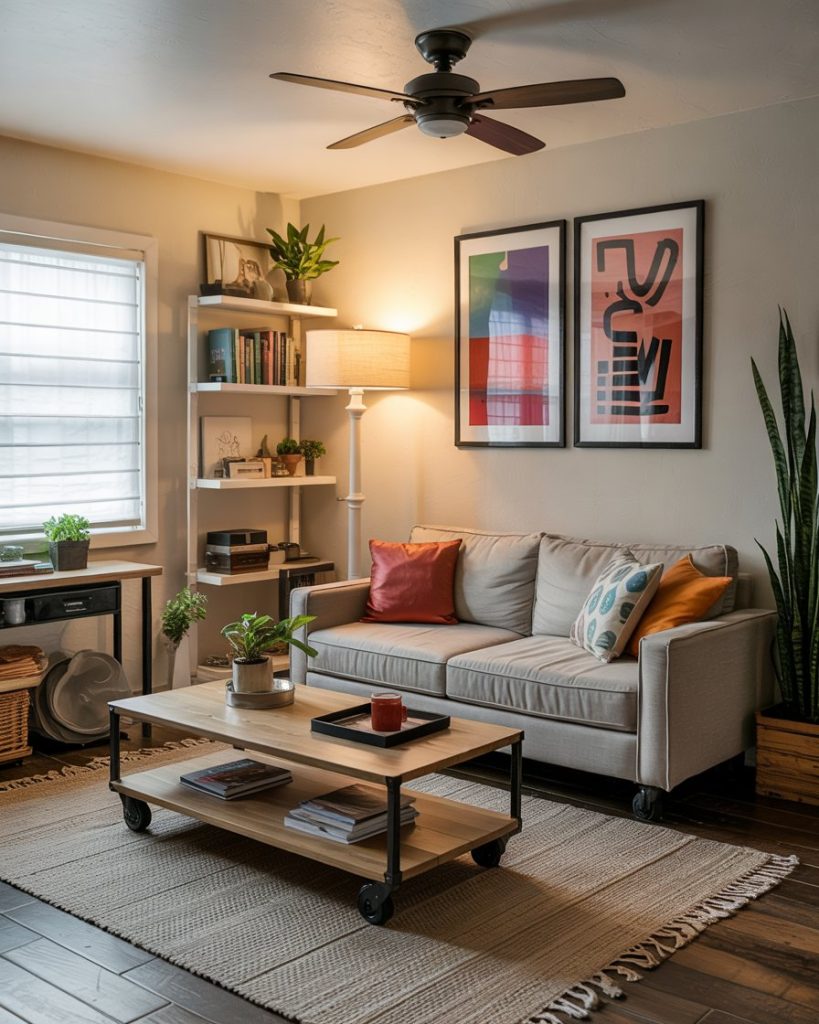
The ultimate in flexibility, rolling furniture lets you reconfigure your living room design on the fly. Wheeled coffee tables, bookshelves and even couches can be used to transform space at the change of a need, movie night, one evening and yoga session the next one. This would be perfect in small houses, or in people who enjoy entertainments. The Tiny Canal Cottage blog frequently features multi-use rolling setups that help maximize small layouts.
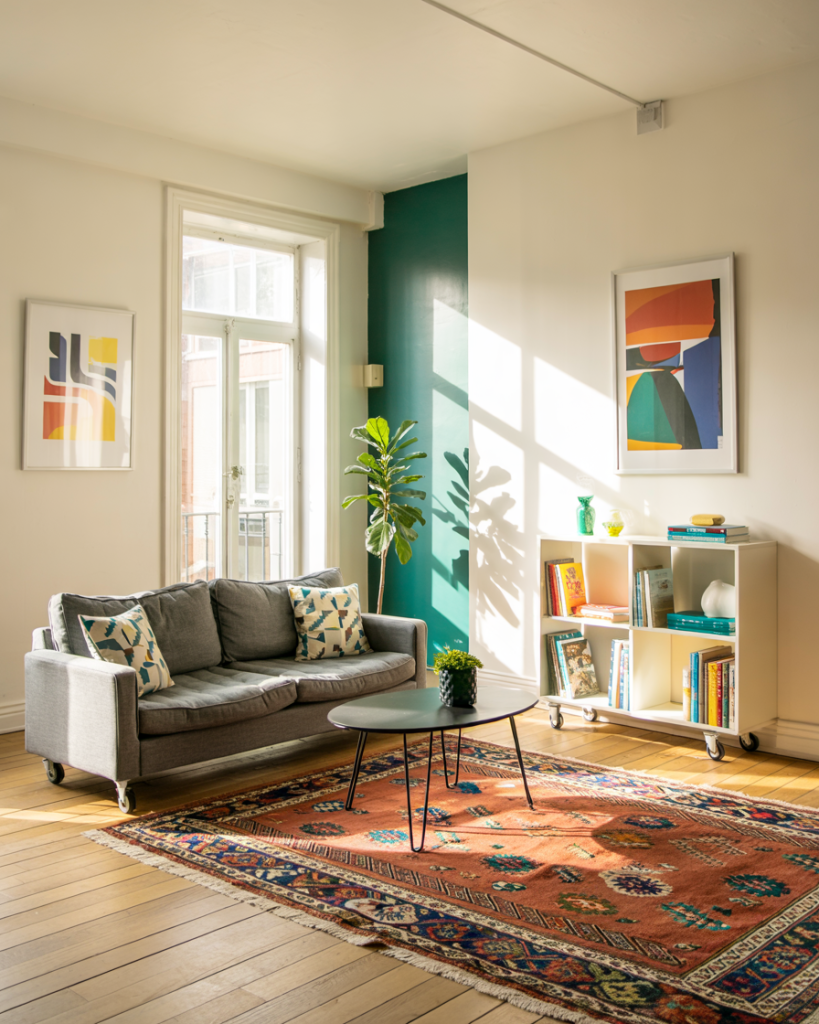
7. Theater-Inspired Tiered Seating
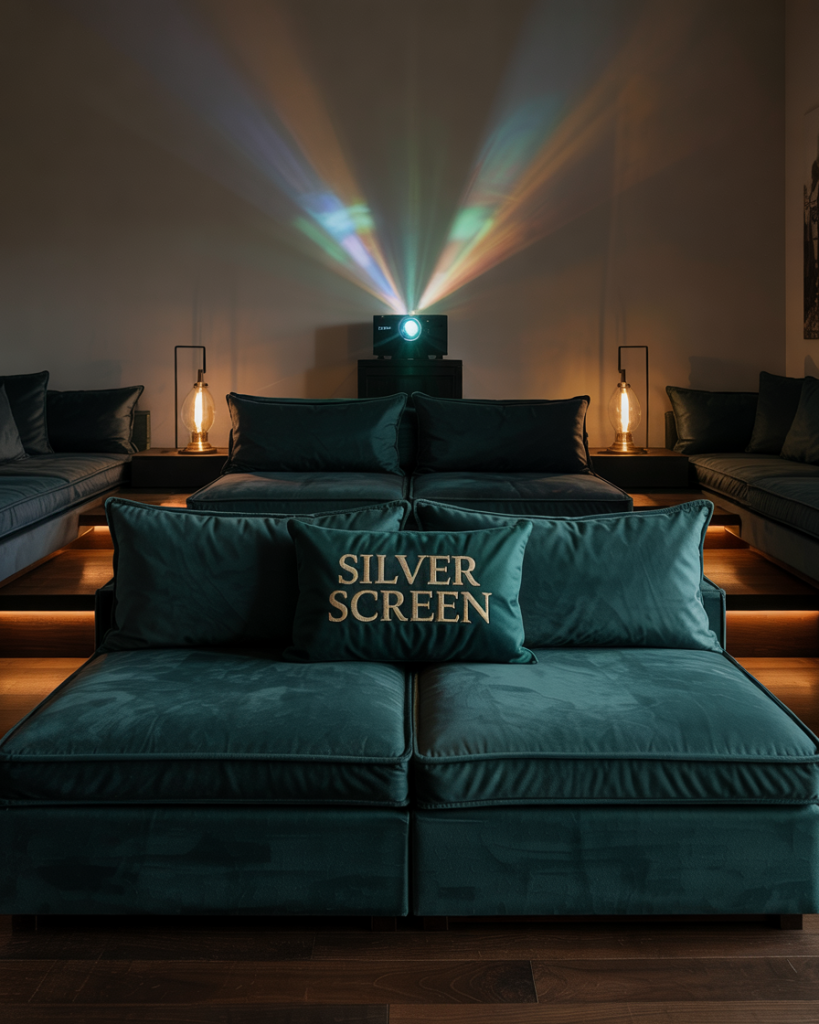
Why settle for one sofa when you can have several layers of seating? Your living room gets a cinematic touch in the form of an in-built platform or the step like rug type of arrangement that is a home theater format. Include sconces or velvet cushions, or a drama projector on the ceiling. Designer Nate Berkus suggests tiered concepts as a way to create “zones within zones,” especially for large families or shared living spaces.
8. Zen Lounge with No Electronics
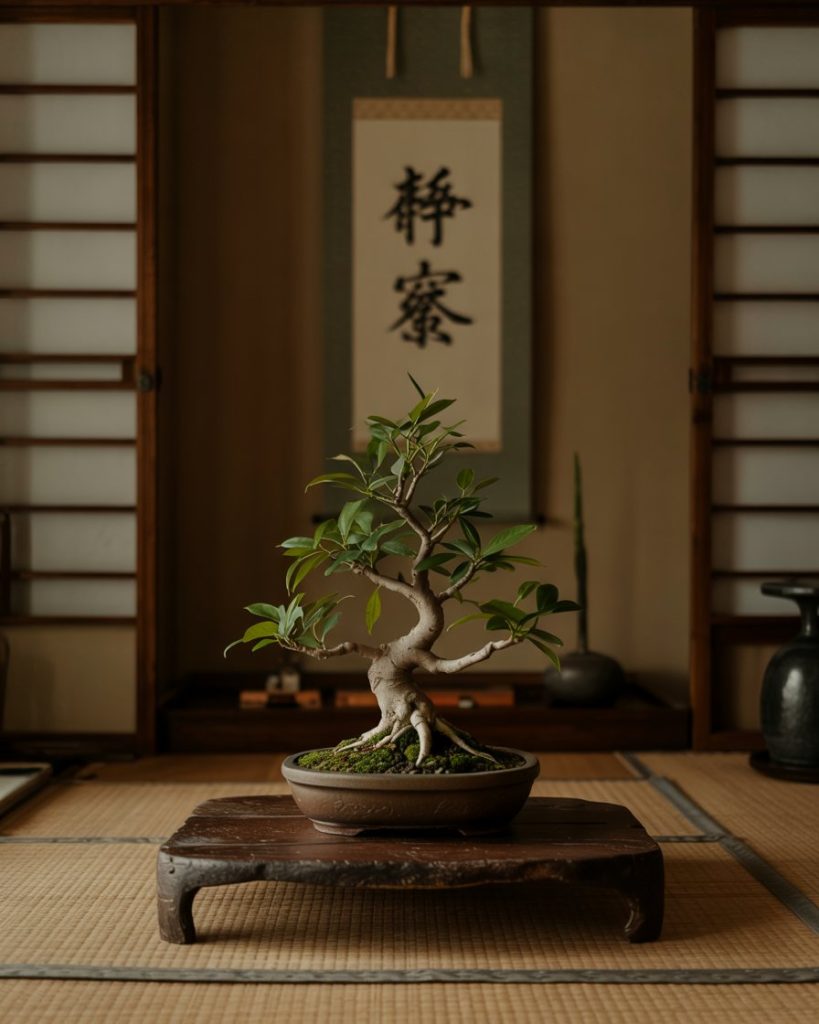
Inspired by Japanese tea rooms, a Zen-style living room removes TVs and tech in favor of calm. Tatami mats, low furniture, bonsai tree and ambient light adjusts the energy of the place. It’s perfect for decompressing after work. Interior designer Sherry Nothingam notes that tech-free zones are growing in popularity as people seek balance in digital-heavy lifestyles.
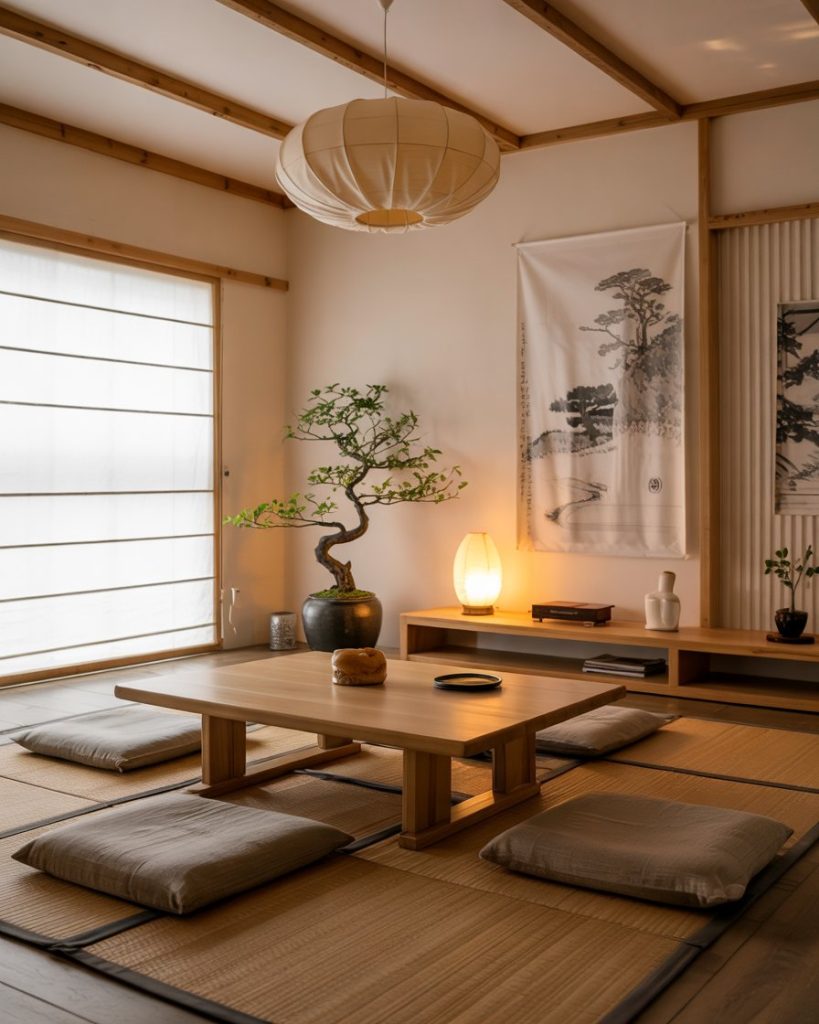
9. Inverted Color Palettes
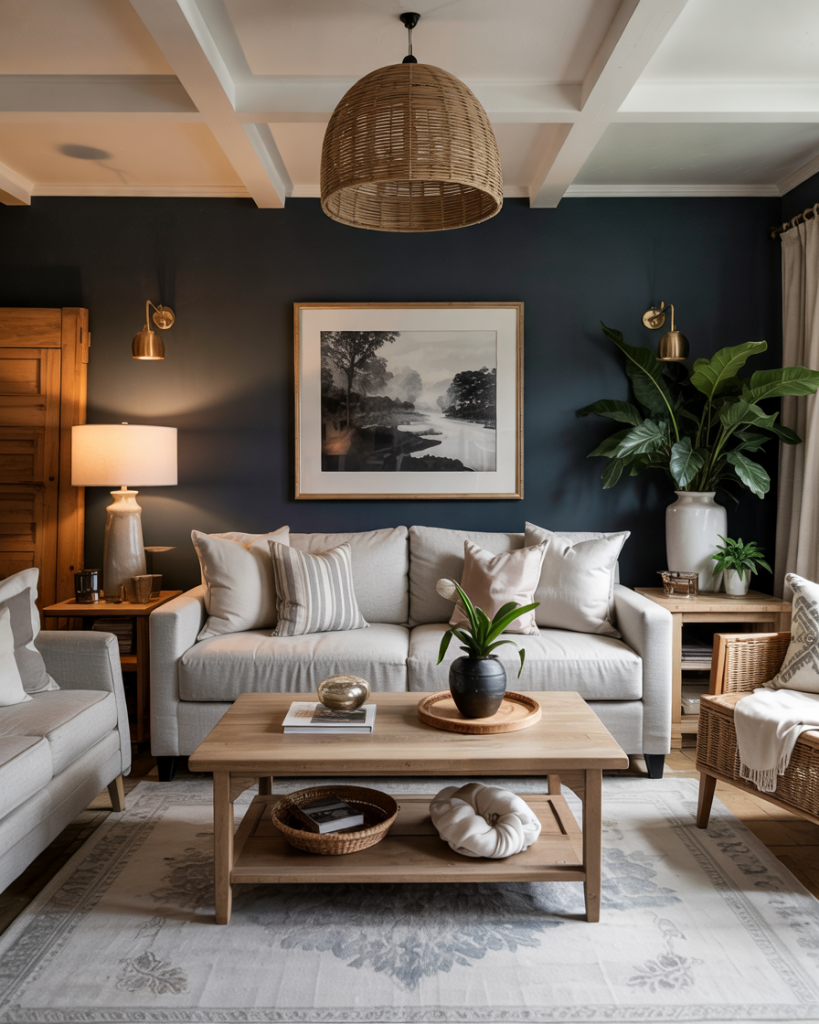
Instead of sticking with light walls and dark furniture, flip the script. Use dark navy or forest green paint and decorate it in pale neutral palettes, such as ivory-colored sofas, tables made up of white oak, and linen curtains. This reverse contrast gets the luxury sense even though it is not intimidating. Leanne Ford, HGTV designer, often plays with inverted color palettes to add warmth and character without overwhelming small spaces.
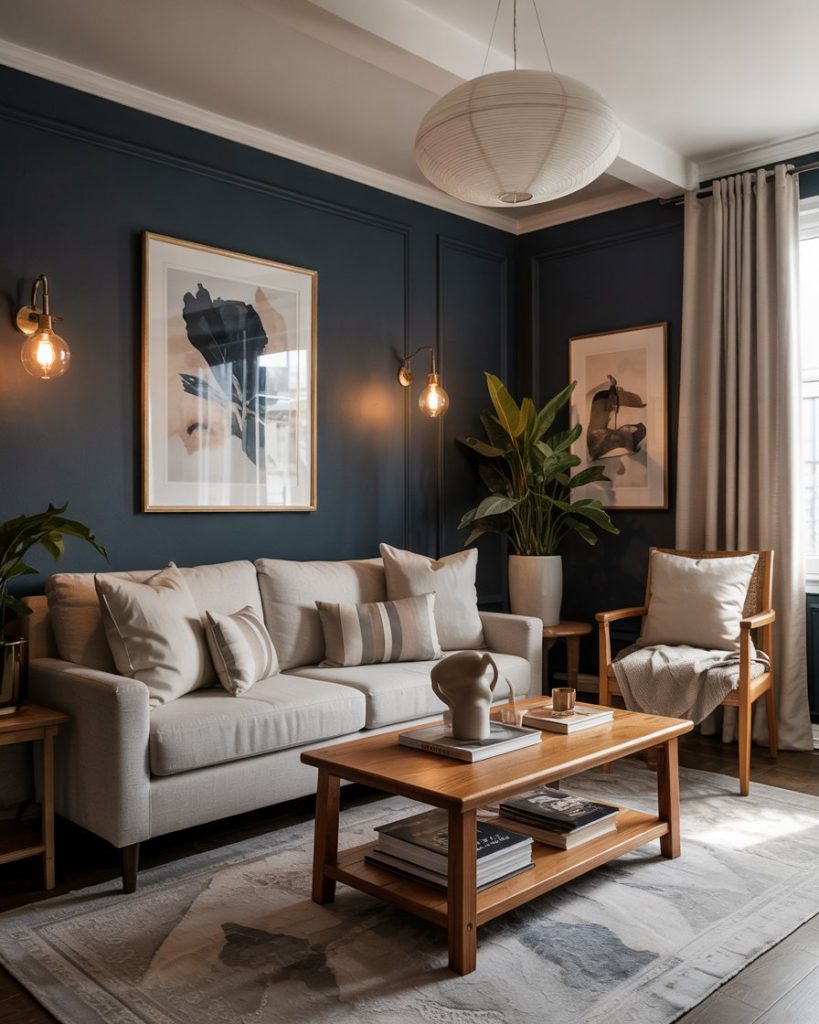
10. Indoor Glamping Vibe
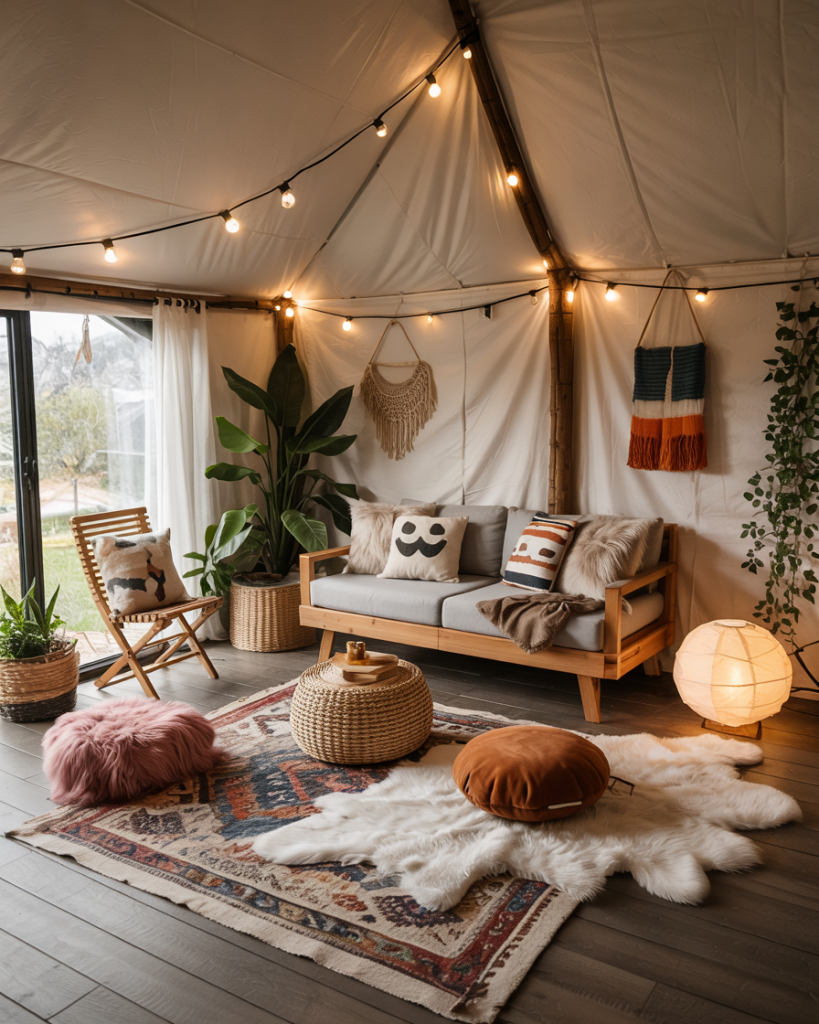
Bring the magic of the outdoors in with a glamping-inspired living room decor. Throw in some canvas tent or canopy tent, some lighting, fur throws, and earthy colors. This concept is particularly close to young families or artists who seek to have some escape at home. Blogger Elsie Larson from A Beautiful Mess has experimented with tented spaces that double as reading nooks or play zones.
11. Bookshelves as Walls
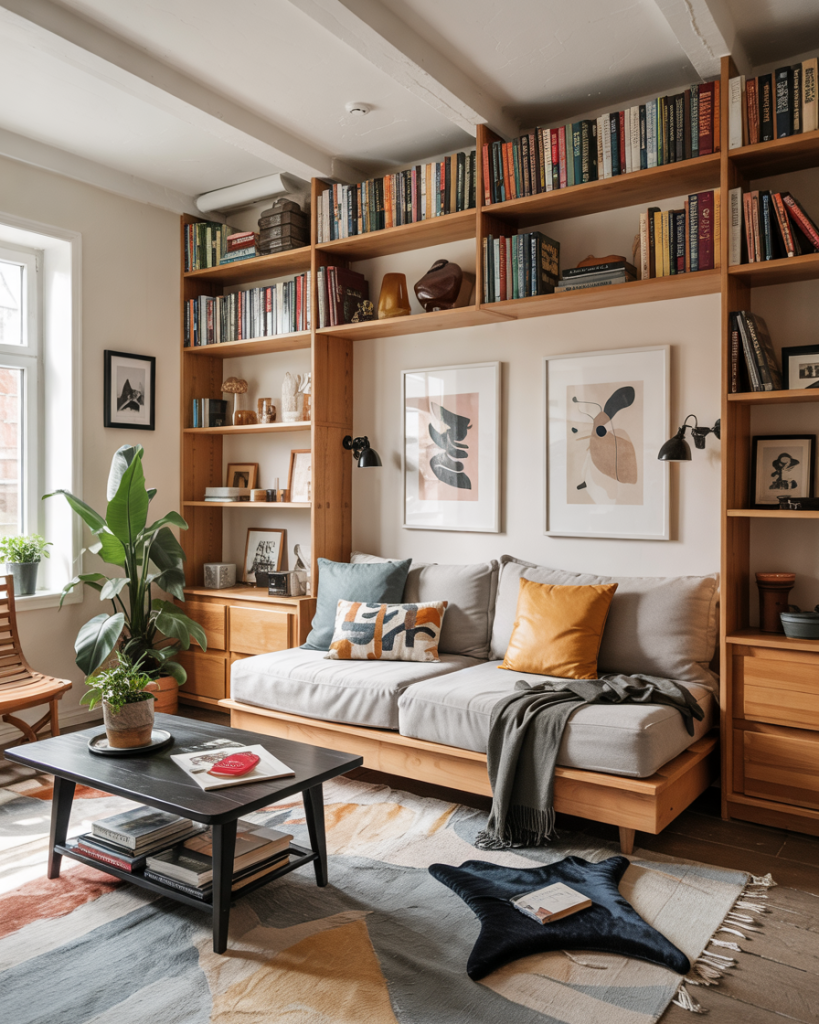
In open-plan homes, towering bookshelves can double as walls—creating defined layout zones without closing off the room. This notion is particularly attractive to book enthusiasts and families that desire darkness and transparency. Visual interest and storage could also come about as a result of using multifunctional furniture. As seen on Apartment Therapy, these “book walls” are ideal for renters who can’t build permanent structures.
12. Living Room Meets Jungle
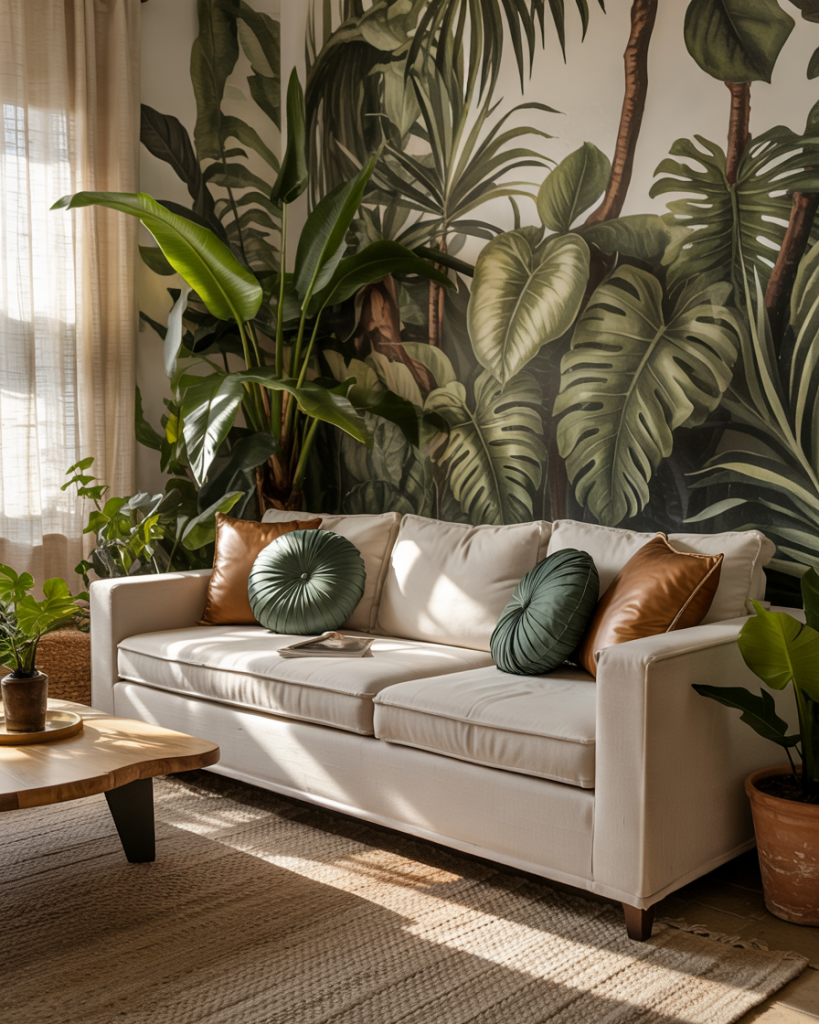
Go bold with greenery. The living room decorated with jungle theme, with humongous plants banana leaf, monstera, or palms appears engaging and restorative. Forget about art and have the plants as the centre of attraction. Interior designer Hilton Carter, author of Wild Interiors, often promotes this plant-rich approach to bring serenity and wild beauty into any home.
13. Ceiling-Focused Design
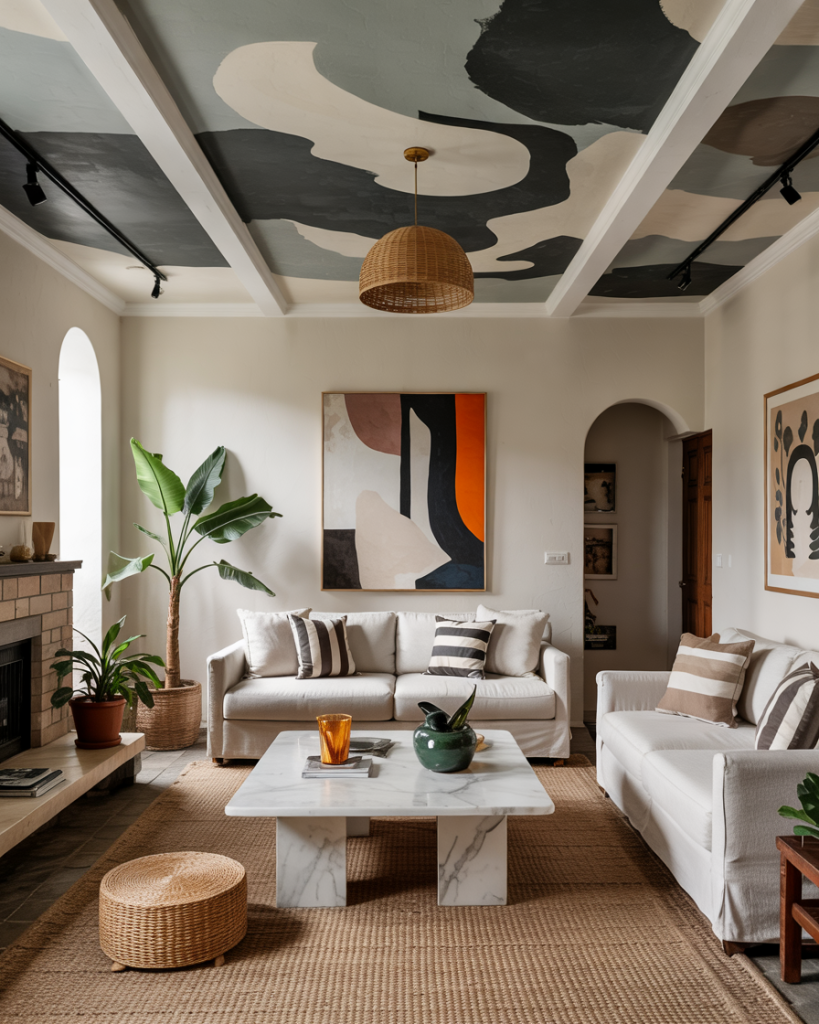
Flip your perspective and decorate from the top down. A ceiling statement, painted, wallpaper, mirrors, suspended installations changes the overall impression of the room design. Pair with lower-profile seating to draw the eyes upward. Kelly Wearstler often experiments with ceilings as the “fifth wall,” turning even small spaces into conversation starters.
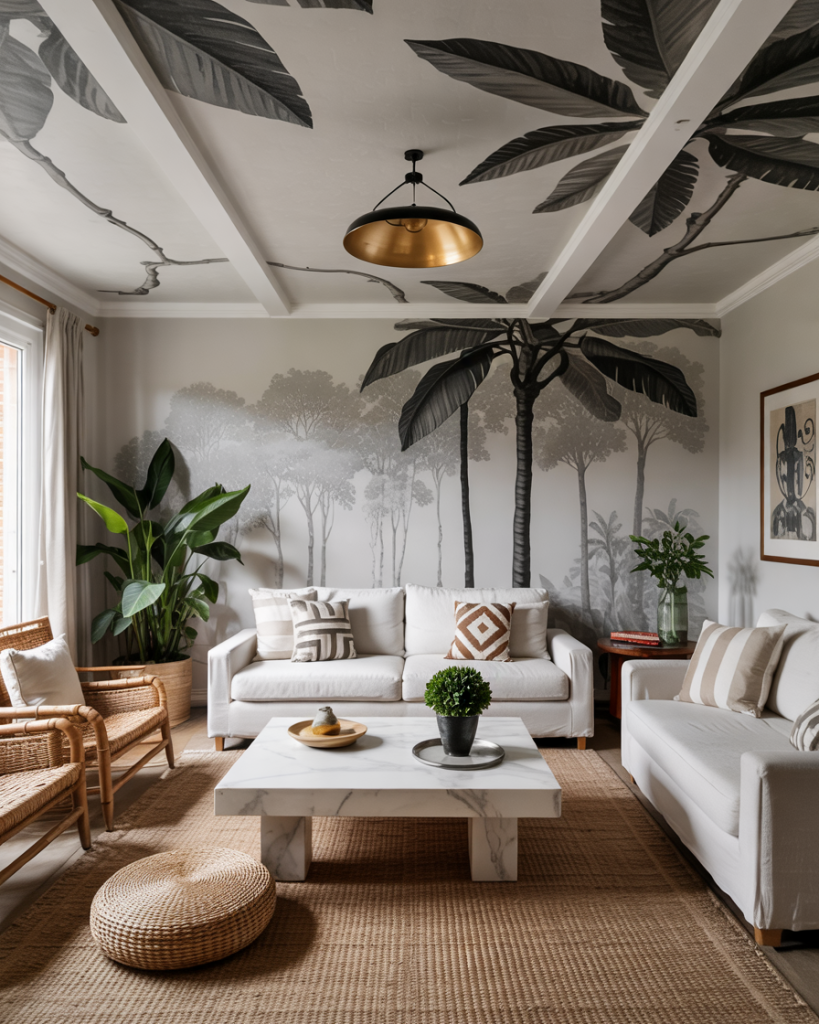
14. No Sofa Setup
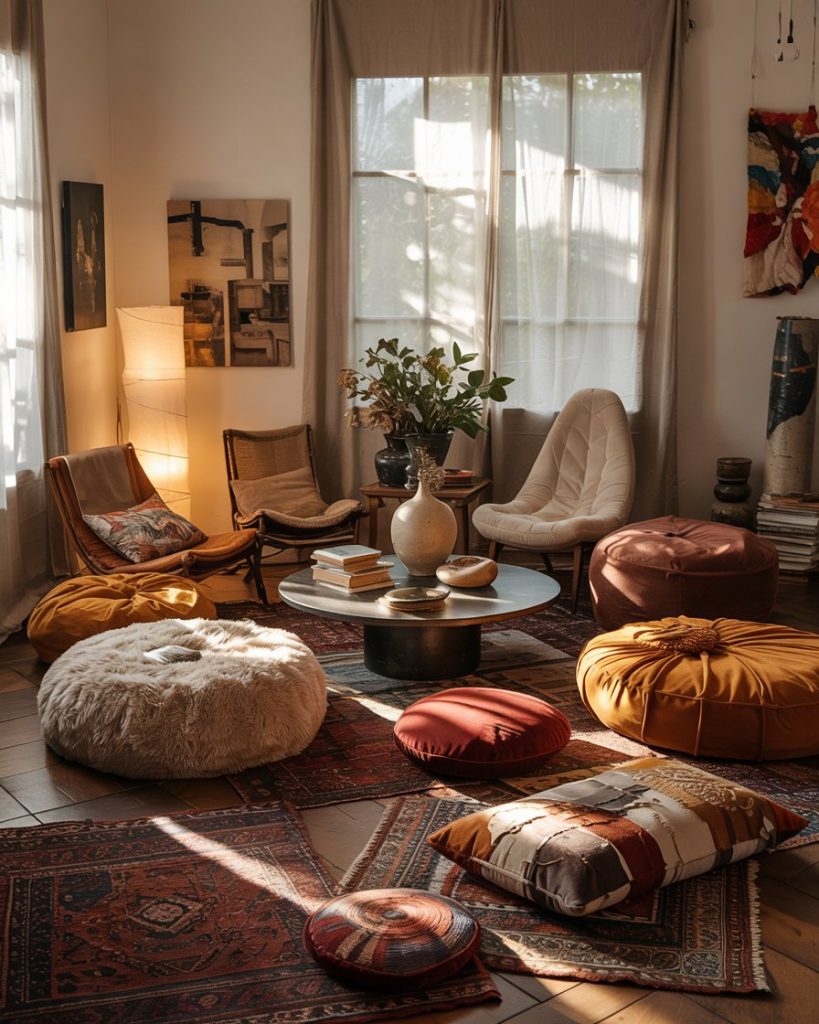
Who says a sofa is mandatory? Take everything away and replace them with giant bean bags, floor cushions that are quite modular, or antique lounge chairs. This casual piece of seating attracts people like creatives, students, and someone who seeks a relaxed atmosphere. Author and designer Emily Henson refers to this “anti-sofa” approach as a way to shake off rigid room rules.
15. Wall-Led Layouts
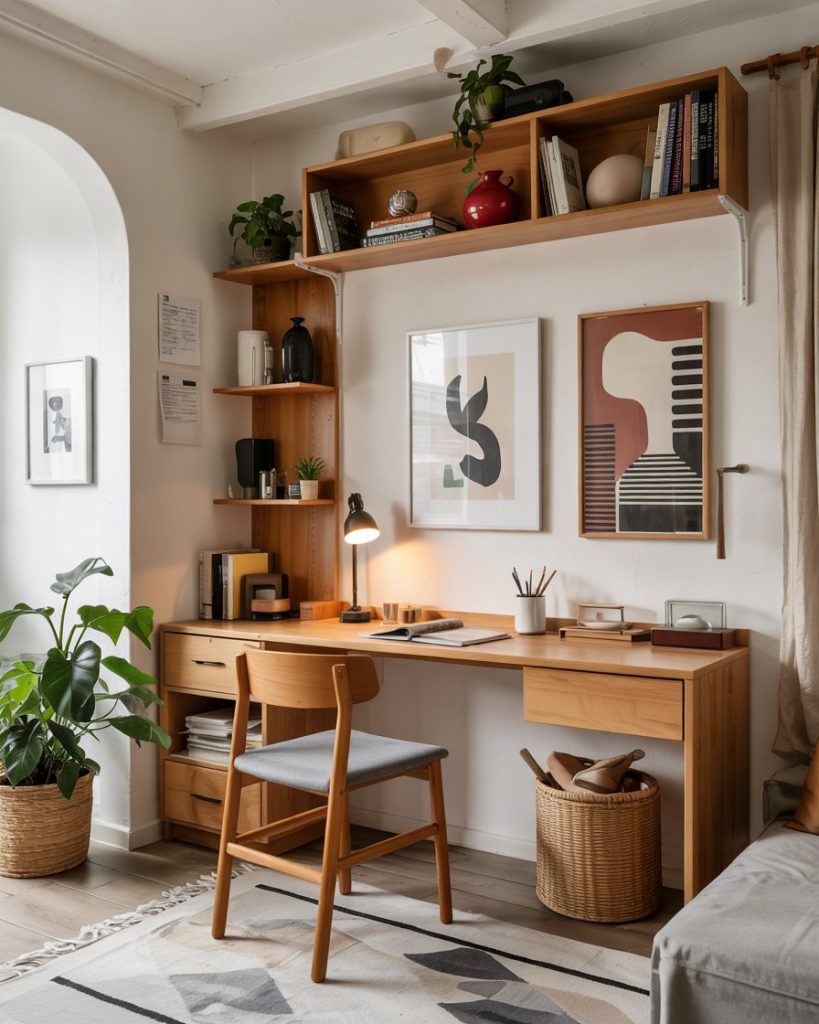
Instead of organizing your room around furniture, let the walls take the lead. Foldable desks to attach to the walls, art installations, climbing structures for children, design-specific furniture, large-scale objects, functional elements may help form your layout without any massive pieces of furniture. Ideal for minimalist or multipurpose households. Inspired by Ikea’s small space solutions and modular decor trends.
16. Floor-Focused Living
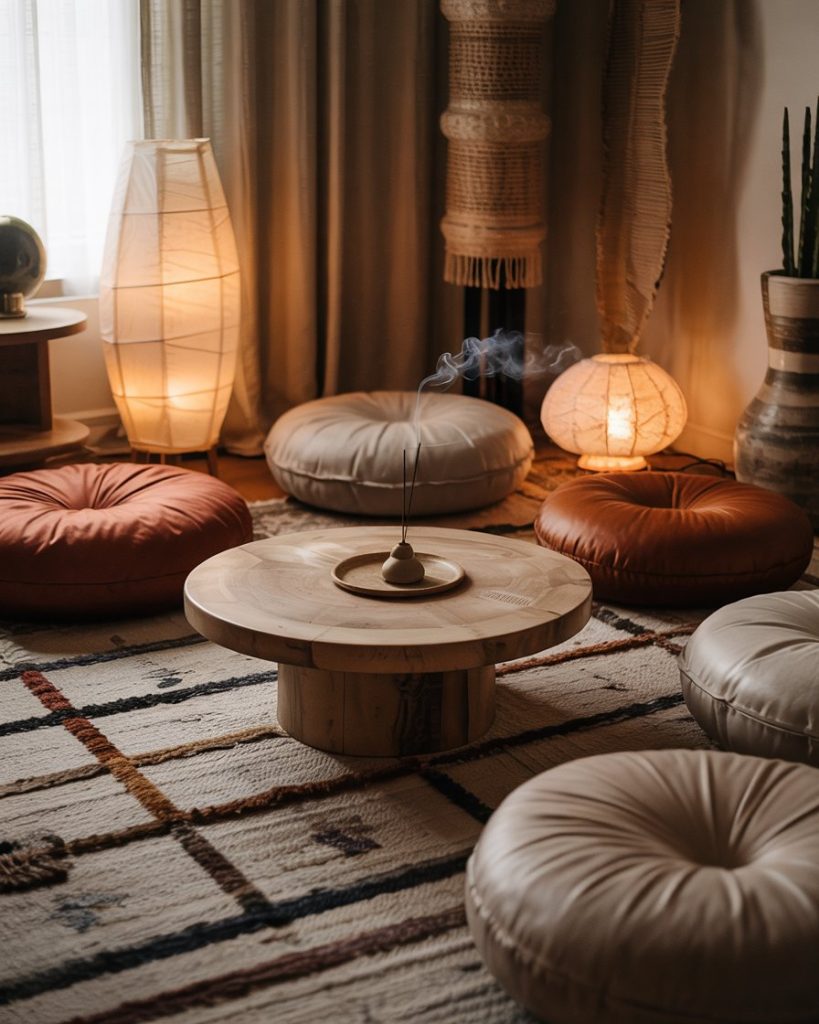
Elevate coziness by dropping everything to floor level—floor seating, floor lamps, low bookshelves. This idea is influenced by the Japanese and Moroccan style and promotes the sense of grounding and casual arrangement. Perfect for tea lovers or introverts craving a sanctuary vibe.
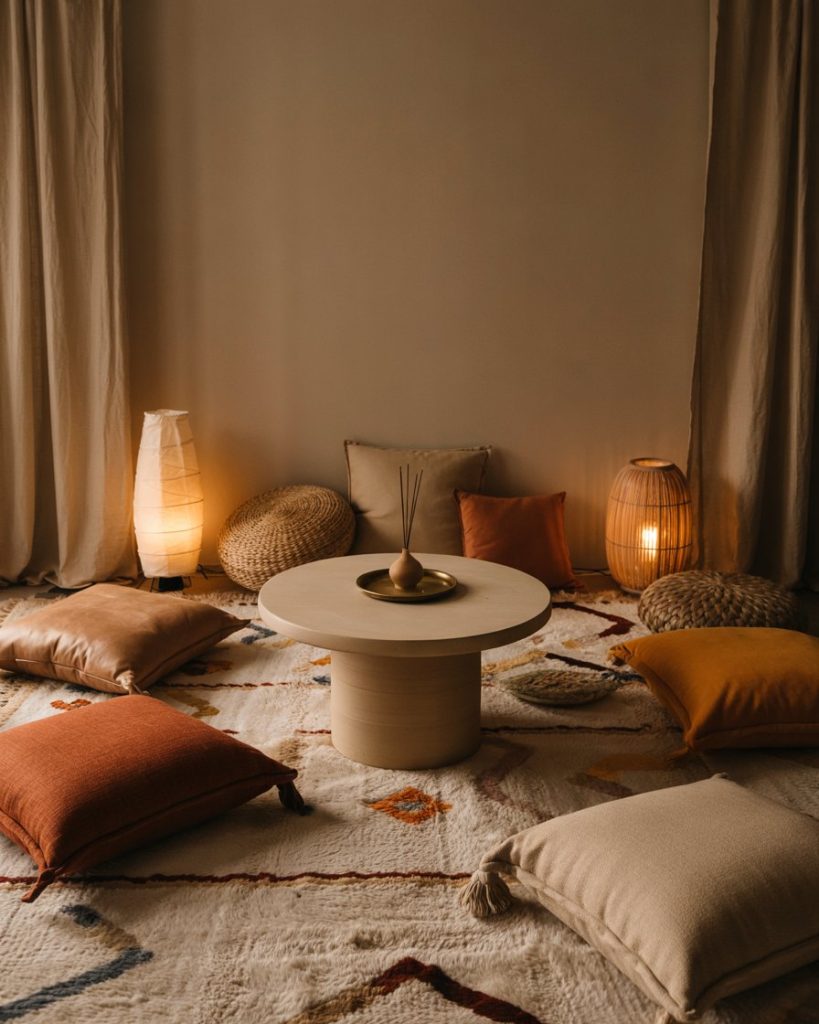
17. Mirror-Lined Walls
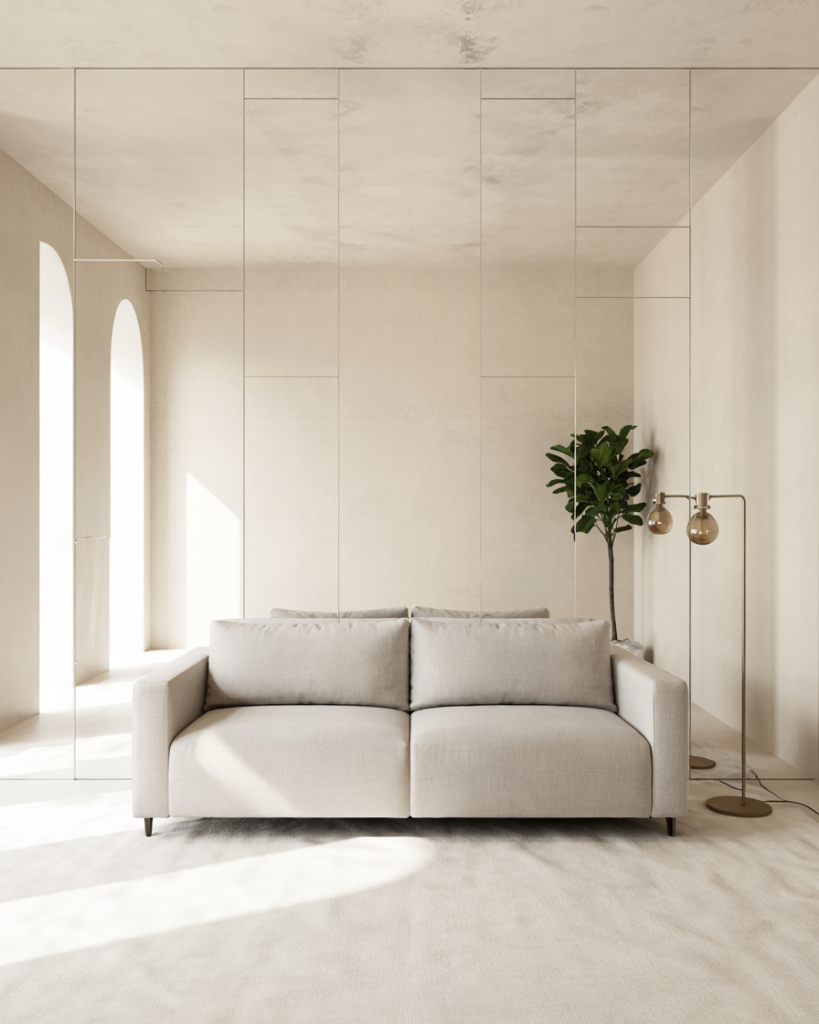
Using full-length mirrors as a central decor element can make your space feel twice as big. They are more than vanity artifacts in that they reflect light, intensify color and alter the dynamics of the room plan. Jonathan Adler has long recommended statement mirrors to elevate glam and modern interiors alike.
18. Game Room Hybrid
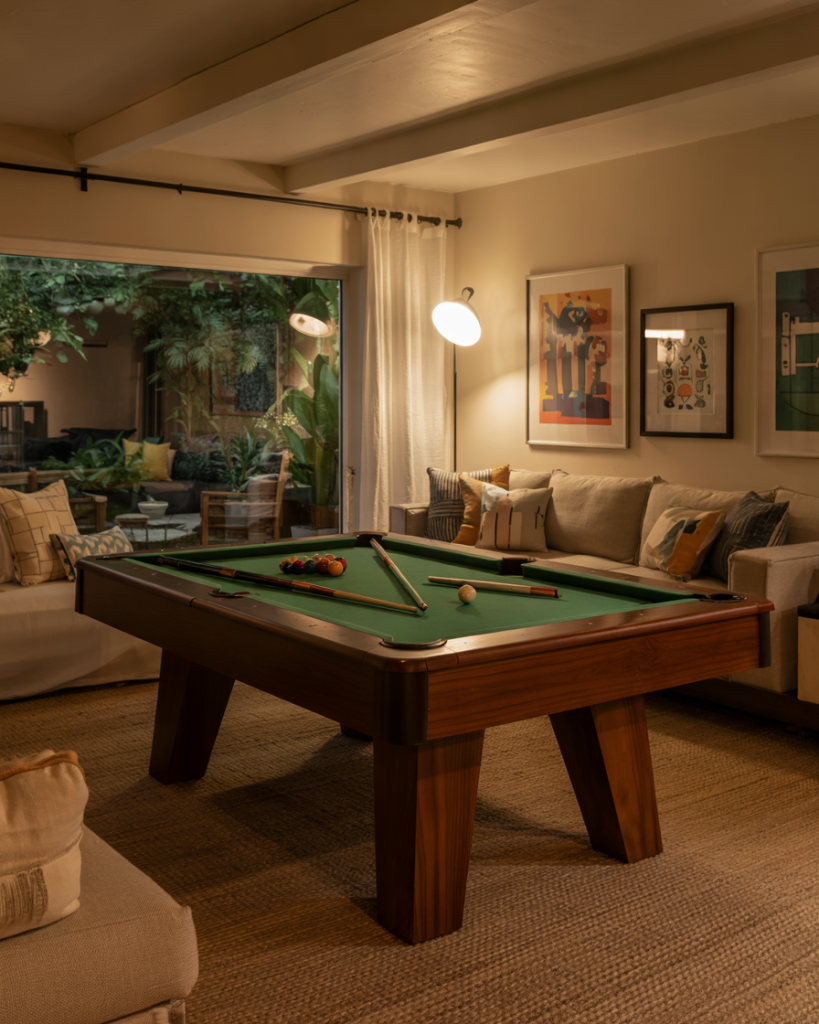
Merge your living room ideas with recreation—install a pool table, arcade machine, or chess table in place of a coffee table. With smart planning of the layout even a small house can be built to be fun without compromising on the style. HGTV’s Home Town has featured several living room/game room mashups with Southern charm.
19. Circular Window Lounge
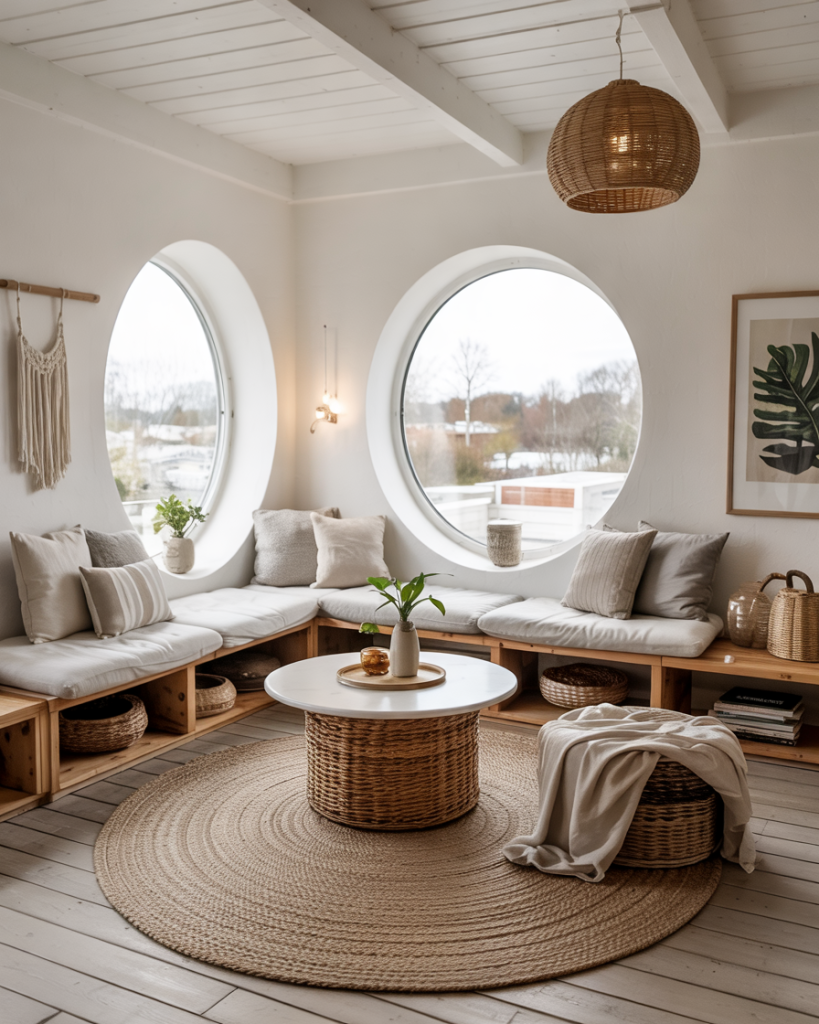
Create a cocooned seating area by building a lounge around a large circular or arched window. Combine it with inbuilt benches, piled fabrics and throw pillows. This concept celebrates natural light and architectural detail, popular in Nordic and Scandinavian design.
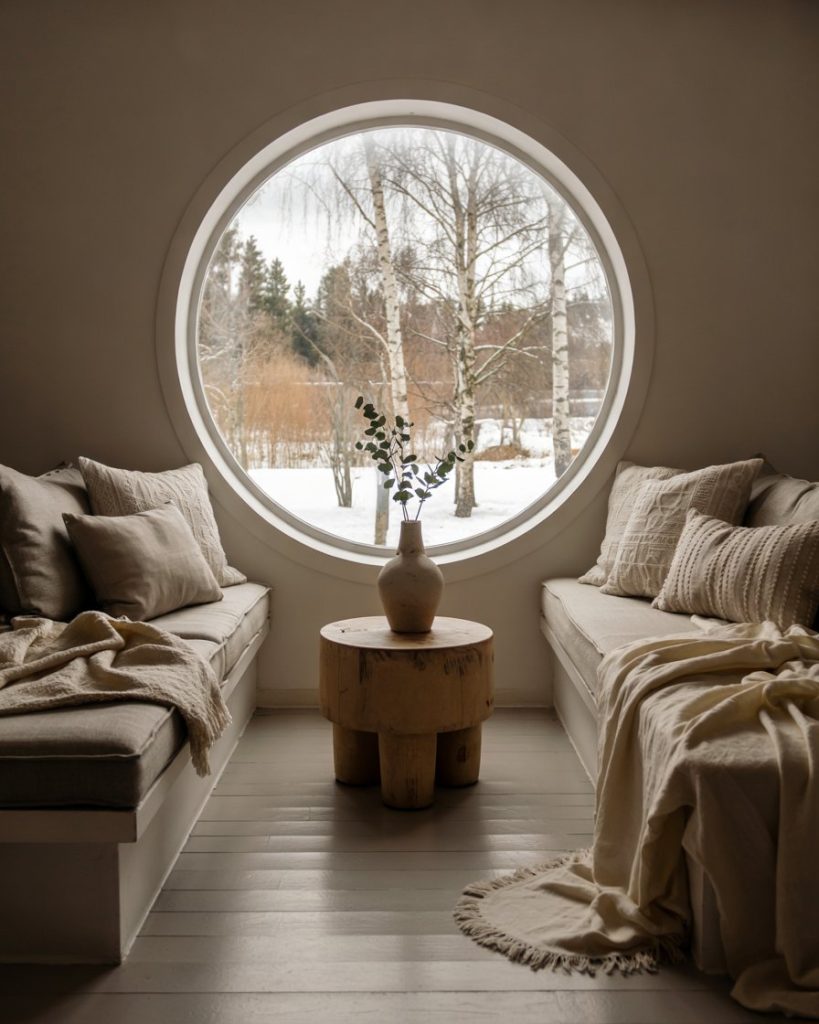
20. Indoor Tent or Pavilion
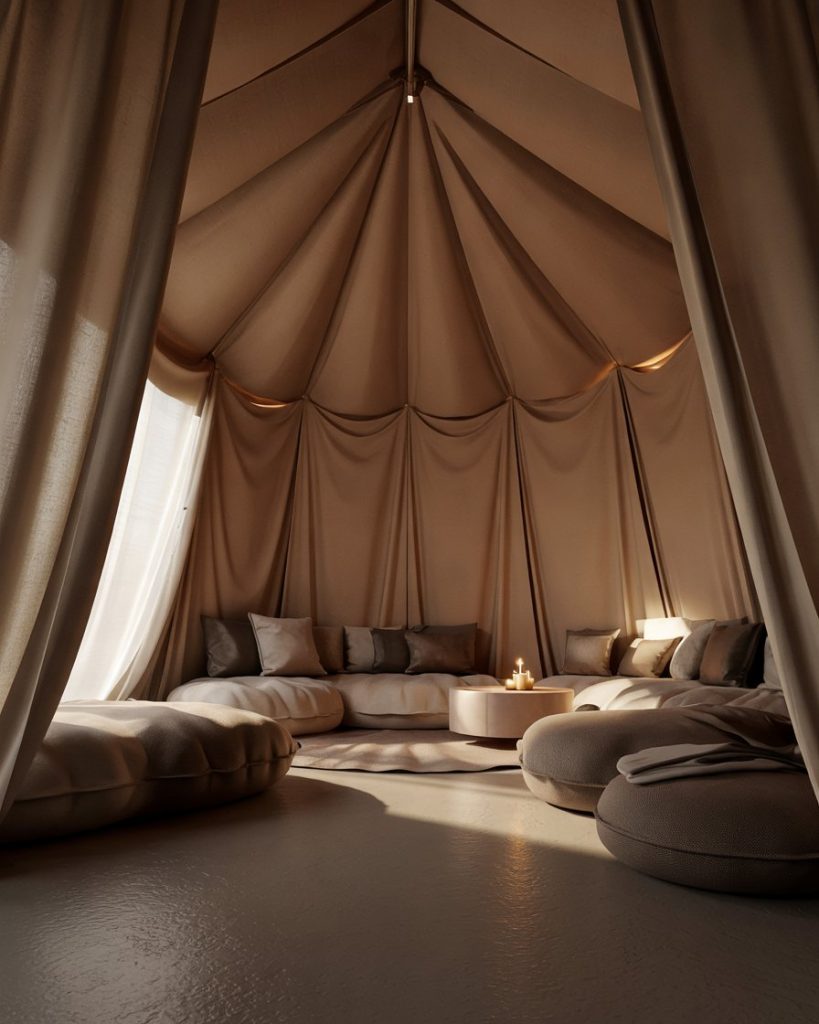
Inspired by children’s forts and luxury resorts, add a small pavilion or indoor tent structure to your living room layout. Make it into a comfortable nook inside your area by stuffing it with pillows, books, and dimmed lights. A hit for both adults and kids alike.
21. Furniture That Transforms
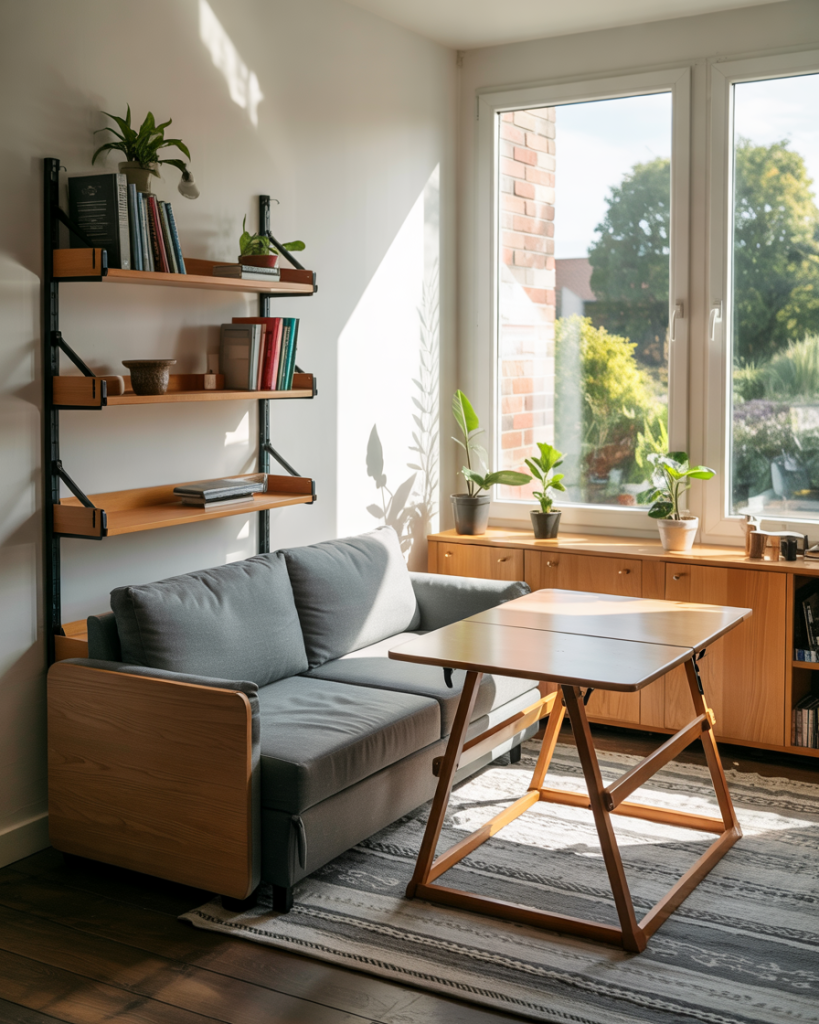
Invest in transforming furniture—a coffee table that becomes a dining table, or a bookshelf that folds out into a desk. This futuristic idea supports compact living and ever-changing needs. The brand Resource Furniture has showcased such innovations in many micro-apartments.
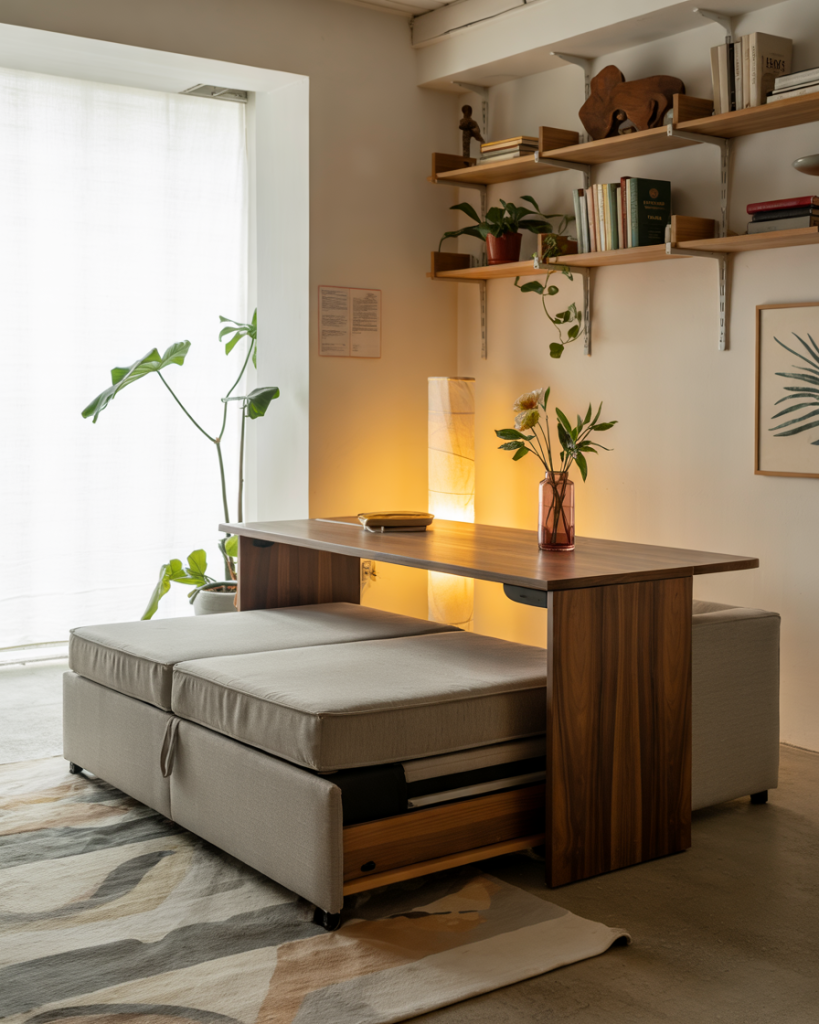
Conclusion
Unconventional living room concepts are more than a design choice—they’re an invitation to live differently, on your own terms. No matter how much of an artistic, minimalist, or nostalgic person you are, these concepts show how changing the tradition may open up some doors to comfort and creativity. Let us know in the comments which concepts sparked your imagination, or share your own offbeat living room transformations!

